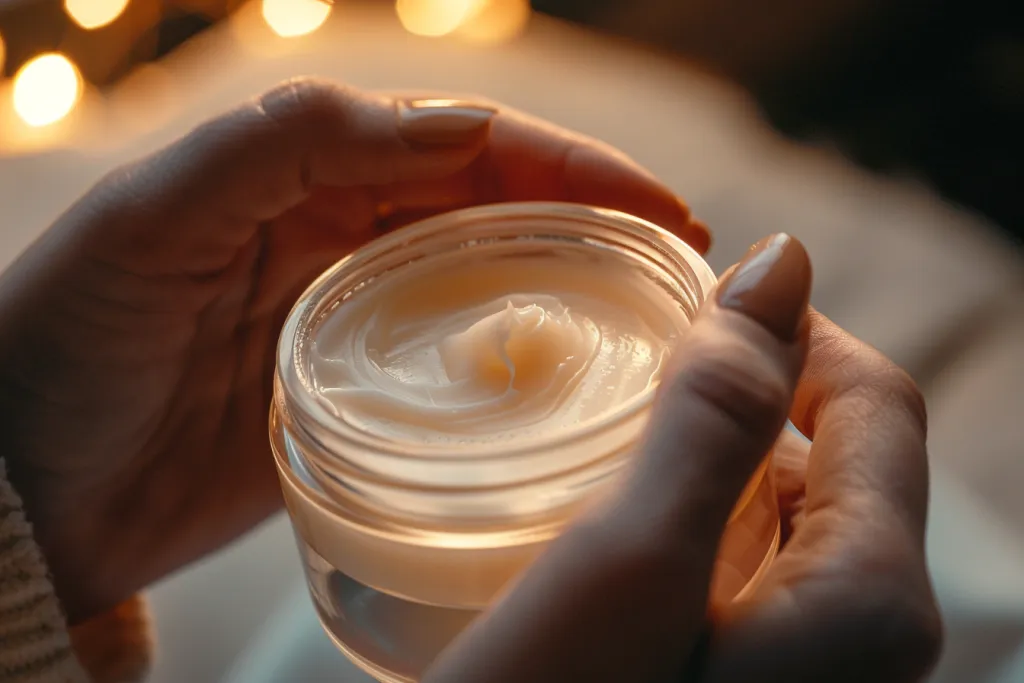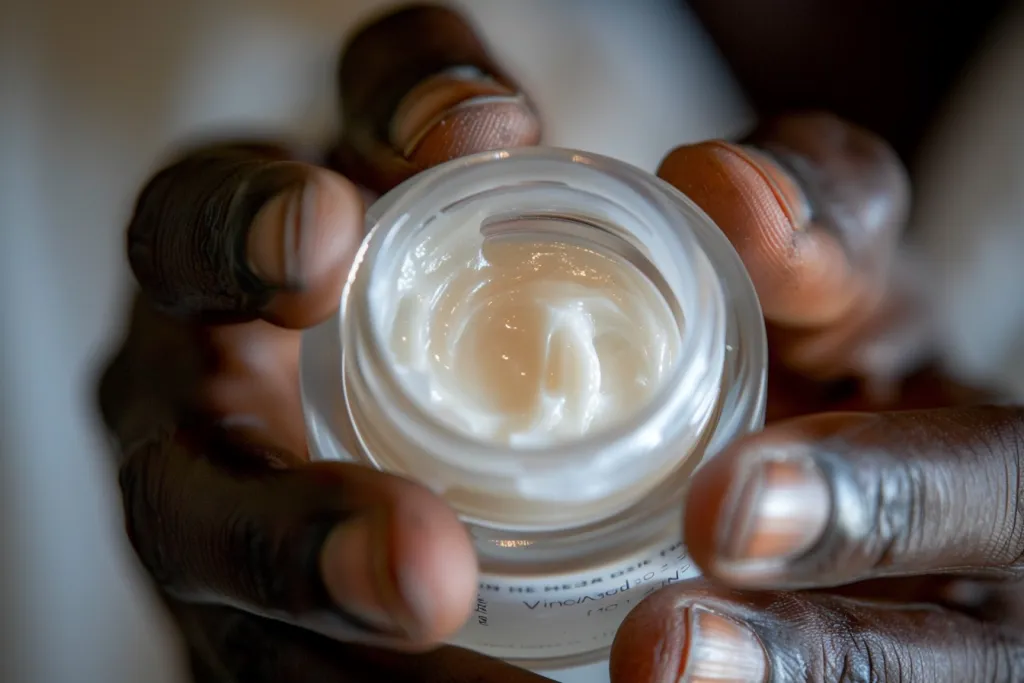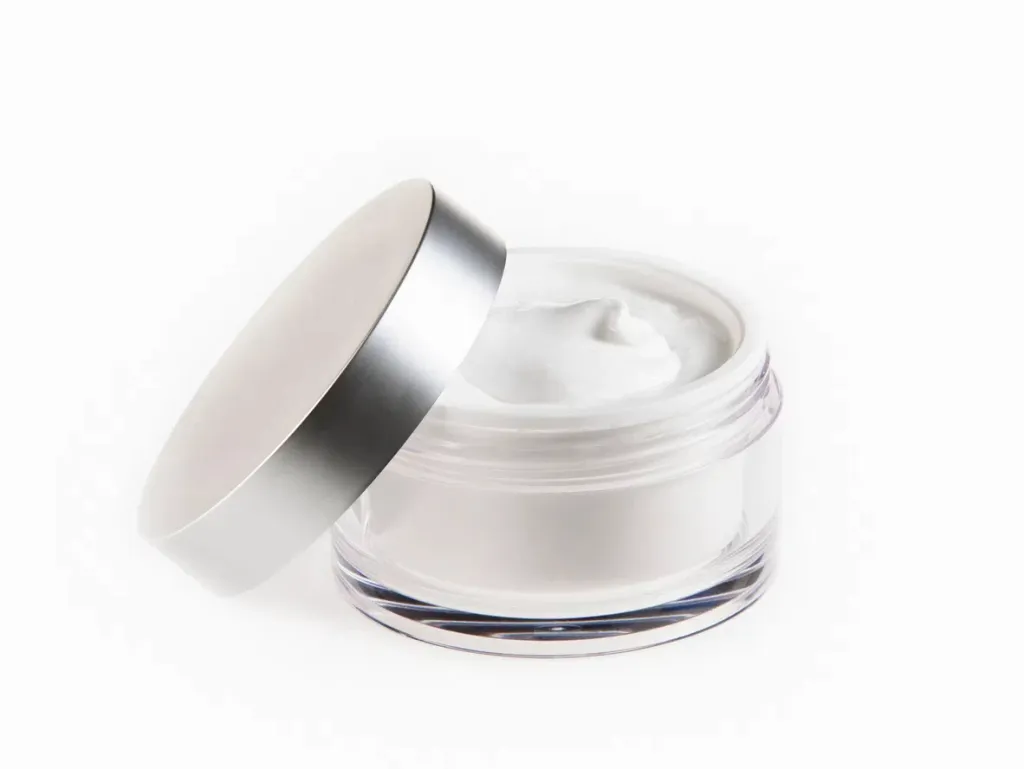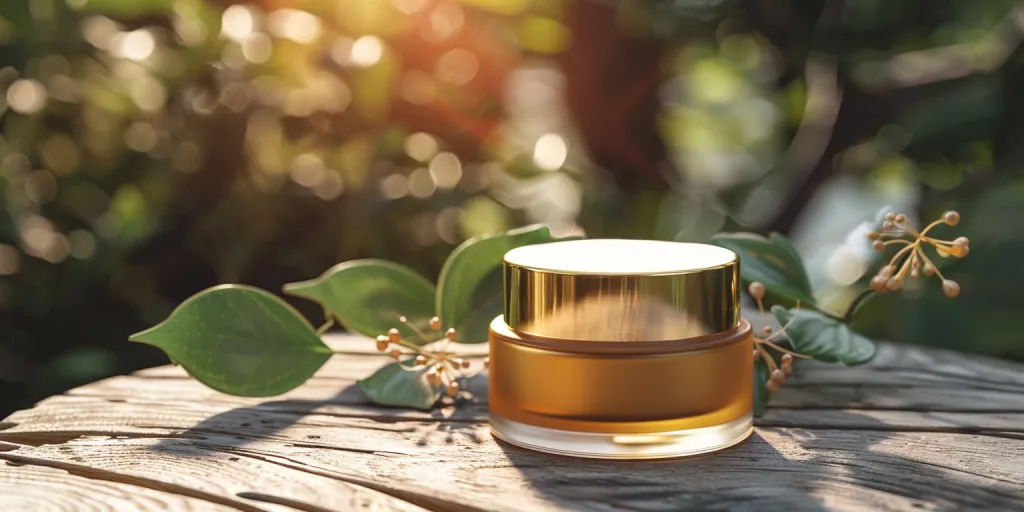With the dawn of 2025 upon us, face creams infused with SPF are witnessing rapid market expansion fueled by the universal shift towards comprehensive skincare and sun protection. Offering a deeper dive into the sector, this article examines the market momentum, trends, and innovations imminent in the SPF cream landscape, arming both consumers and industry leaders with critical insights.
Table of Contents:
– Market overview of face cream with SPF
– Rising consumer demand for multifunctional skincare
– Innovations in SPF formulations
– Regional market dynamics
– The role of digital marketing in skincare
– Future trends and sustainability
Market overview of face cream with SPF

The face cream market is surging, projected to grow by USD 12.20 billion between 2023 and 2028, with a CAGR of 5.21%. Face creams with SPF stand out as a significant segment, benefiting largely from increasing consciousness around UV protection and skincare. Market divisions include anti-aging, skin whitening, sun protection creams, and moisturizers addressing acne. Notably, the U.S. market was evaluated at $14.4 billion in 2023, with China propelling forward at a 7% CAGR. By 2030, China is projected to reach $16.2 billion. This momentum is observed chiefly in Asia-Pacific, North America, and Europe, where combined skincare benefits are valued.
The heightened awareness regarding UV radiation’s detrimental effects is central to this demand spike. Informed consumers recognize the pivotal role of sun protection in staving off skin damage and premature aging. The drive is further amplified by educational campaigns led by dermatologists and skincare experts spotlighting daily sun defense. Consequently, SPF-infused creams are fast becoming essential components of daily skincare regimes worldwide.
Moreover, the integration of SPF into face creams taps into the wider trend of multifunctional products. Consumers now seek items providing hydration, anti-aging benefits, and UV defense in one go. This multifaceted approach particularly appeals to individuals managing busy schedules, seeing the convenience in a single product that eliminates separate sunscreen applications.
Rising consumer demand for multifunctional skincare

A dramatic change has been observed in consumer preferences, steering towards multifunctional products. Face creams with SPF exemplify this pivot by delivering both hydration and sun protection, becoming cornerstones in daily skincare habits. Social media platforms and influential figures advocating efficacious and streamlined regimens largely fuel this shift, with multi-benefit solutions resonating deeply with consumers leading hectic lives.
The pursuit of personalized and bespoke skincare solutions is intensifying. Consumers are more discerning, looking for products finely tuned to individual skin needs—boosting demand for SPF-laden face creams tailored to nuances like skin type, local environmental conditions, and specific concerns. Technological strides facilitate this, offering brands the capability to recommend personalized skincare lines effectively.
Moreover, clean and natural ingredient preferences are becoming pivotal in consumer decision-making. A growing constituency seeks face creams with SPF comprised of organic and natural inputs, aligning with the clean beauty movement. This trend echoes notably in Europe, a region with keen demand for organic skincare alternatives. Brands promoting transparency and sustainable practices in their formulations can carve out competitive leverage in the burgeoning market.
Innovations in SPF formulations

Innovative SPF formulations are pivotal in propelling market growth. Companies are striving to deliver broad-spectrum protection encompassing UVA, UVB, blue, and infrared light barriers. The demand for all-encompassing sun defense drives innovation. Hybrid sunscreens offering protection paired with a natural glow are gaining traction, with labels like Ultraviolette and Dermalogica pioneering soothing and cooling formulas for humid climates.
Non-comedogenic advancements meet the needs of acne sufferers, ensuring SPF products do not worsen skin conditions. Addressing this impasse proves crucial in a world where acne persists as a prevalent concern. Offering light, non-greasy SPF solutions without pore-clogging elements, brands elevate product effectiveness while fostering trust and allegiance among consumers.
The burgeoning development of tinted SPF formulations caters to dual desires for sun protection and skin coverage. Created to match a variety of skin tones, these products seamlessly merge cosmetics and skincare benefits. This dual utility is increasingly enticing to consumers keen on minimizing skincare steps, further cementing tinted SPF products as multifaceted essentials.
Regional market dynamics

The SPF face cream market presents diverse regional narratives. In the U.S., a mature consumer base dedicated to skincare and sun defense drives market activity. Europe witnesses strong organic SPF product demand, reflecting a broader clean beauty trend. Meanwhile, Asia-Pacific growth is underpinned by urbanization and increasing disposable incomes, with China and Japan leading the crusade for high-SPF solutions tailored to distinct skin tones and concerns.
Emerging markets like the Middle East and Africa demonstrate expanding SPF product demand as awareness climbs, driven by harsh climates and pronounced UV exposure. These regions witness rising face cream with SPF popularity, with brands adapting products to local needs potentially capturing meaningful market share.
Moreover, the Latin American market flourishes, fueled by a conscious shift towards sun safety and a booming middle class. Brazil and Mexico epitomize this trend, demanding effective and budget-friendly SPF face creams. In these locales, value proposition plays a critical role, providing fertile ground for brands offering cost-effective solutions.
The role of digital marketing in skincare

In the skincare domain, particularly for SPF face creams, digital marketing wields substantial influence. Brands navigate social media to connect with consumers, articulate product advantages, and escalate sales. Skincare influencers manifest significant sway, crafting relatable content that amplifies brand presence. Emerging digital tools like AI and virtual try-ons are transforming consumer buying experiences, enriched by personalized recommendations.
E-commerce channels witness burgeoning activity as digital shopping preferences solidify. This paradigm shift enables brands to target broader consumer bases more efficiently. Effective engagement with consumers is attainable through comprehensive product data, user reviews, and bespoke recommendations, ultimately boosting sales. Digitalization in the skincare space compels brands to invest in dynamic online strategies to capture the ever-growing SPF face cream demand.
Further, technological incorporation into skincare marketing enhances consumer interaction and satisfaction. Leveraging data analytics unveils rich insights into consumer behaviors, empowering brands to fine-tune their marketing endeavors. This data-centric tactic yields campaigns resonant with target audiences, fostering loyalty and market ascendancy. As digital marketing evolves, embracing technology will firmly entrench brands within this highly competitive landscape.
Future trends and sustainability

Looking forward, sustainability emerges as foundational in the face cream with SPF narrative. Consumers increasingly weigh environmental impacts in their purchase decisions, urging brands towards diligent sustainability practices. These include embracing eco-friendly packaging, championing natural ingredient sourcing, and upholding ethical production standards. Concurrently, skincare personalization will persist as brands infuse technology to align products with individual skincare requisite.
As climatic fluctuations persist, demand for resilient SPF formulations to counteract severe weather proliferates, ensuring future market expansion. Consumers prefer dual-focus products upholding both sun protection standards and ecological mindfulness. Brands aligning with consumer values and environmental ethics foster deep-seated consumer trust and loyalty.
The clean beauty wave furthers innovation within SPF products, as consumers gravitate towards formulae devoid of chemicals and synthetic substances, championing skin health first. This clean movement motivates brands toward exploring natural SPF alternatives, carving a path for face creams with SPF that align seamlessly with consumer commandments.
Conclusion:
The SPF face cream sector is marching towards notable growth, steered by consumer preference for versatile skincare and a leap in SPF technology. As we venture through 2025 and beyond, trends in personalization, sustainability, and digital interactivity will shape this market’s contours. Brands that adapt to these dynamics and align with consumer imperatives will successfully navigate and thrive within this dynamic market.




